Portmeirion “The Botanic Garden Circa 1818” Coffee Mug, 1972: 49,700 ppm Lead (90 ppm is unsafe) + Cadmium too.
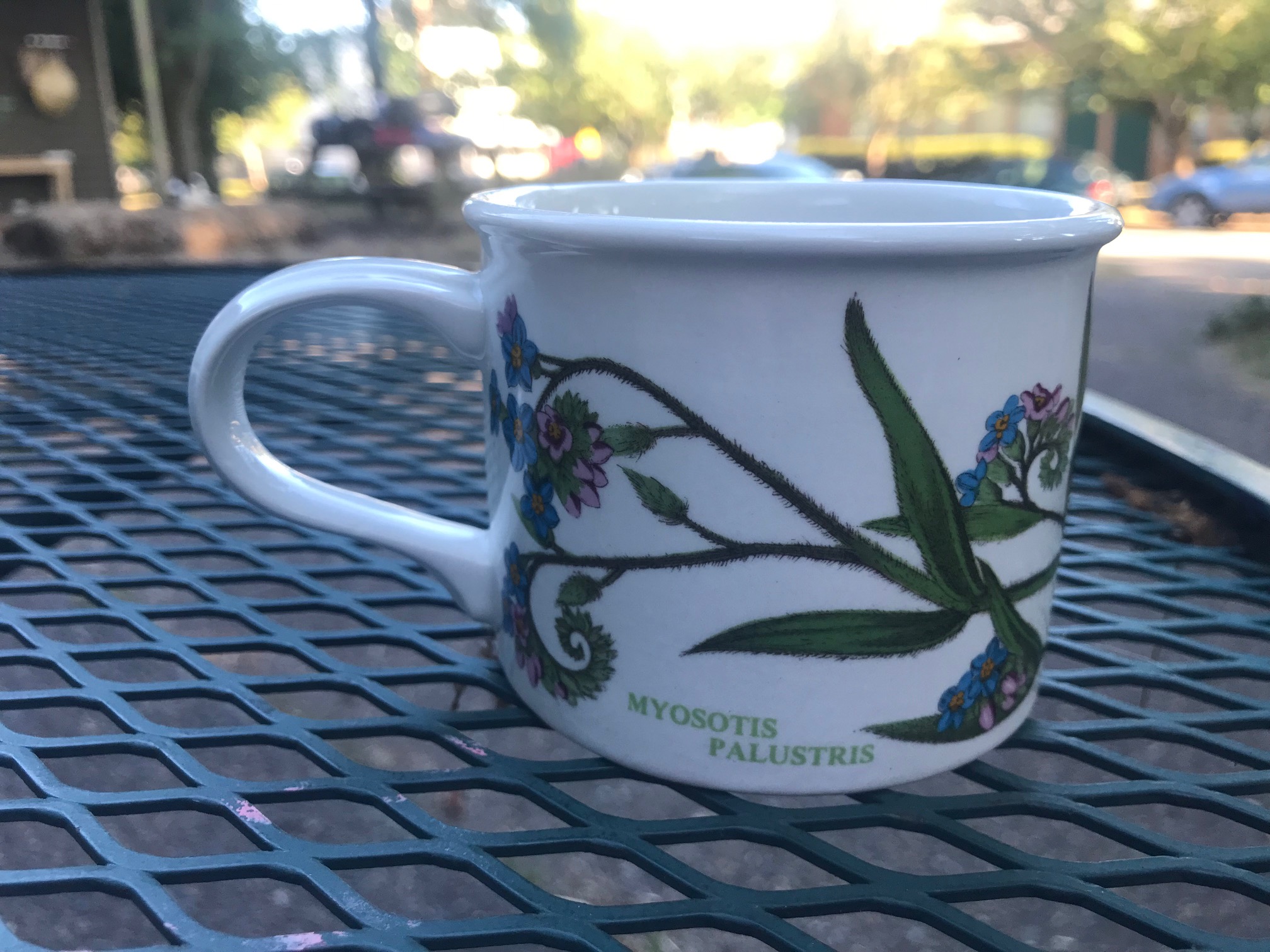 I do not know the exact year of manufacture of this piece, however the markings indicated it was made in 1972 or later. It is a Portmeirion piece from the collection marked as “The Botanic Garden Circa 1818” and it also has the date “1972” on the bottom as well as the words “Susan Williams-Ellis”, “Dishwasher Proof” & “Oven to Table” and “Freezer & Microwave Safe”.
I do not know the exact year of manufacture of this piece, however the markings indicated it was made in 1972 or later. It is a Portmeirion piece from the collection marked as “The Botanic Garden Circa 1818” and it also has the date “1972” on the bottom as well as the words “Susan Williams-Ellis”, “Dishwasher Proof” & “Oven to Table” and “Freezer & Microwave Safe”.
Continue reading below each image
to see the XRF test results for that component of the cup.
As expected (based on the results from most of the testing of this brand that I have done to date) this coffee cup / mug tested positive for a very high level of Lead, both in the decorative elements and (most alarmingly) on the plain white areas of the mug (including the interior).
To learn more about XRF testing, click here.
Below are the XRF test results for the exact piece pictured on this post.
Continue reading below the image:
 Interior plain white surface of the mug (image above):
Interior plain white surface of the mug (image above):
- Lead (Pb): 41,500 +/- 1,100 ppm
- Barium (Ba): 331 +/- 82 ppm
- Zinc (Zn): 4,173 +/- 183 ppm
- Copper (Cu): 100 +/- 46 ppm
- Iron (Fe): 1,170 +/- 198 ppm
- Vanadium (V): 603 +/- 68 ppm
- Titanium (Ti): 1,326 +/- 120 ppm
Continue reading below the image:
 Plain white surface of the handle (image above):
Plain white surface of the handle (image above):
- Lead (Pb): 48,900 +/- 1,400 ppm
- Barium (Ba): 949 +/- 106 ppm
- Zinc (Zn): 4,343 +/- 196 ppm
- Iron (Fe): 859 +/- 190 ppm
- Vanadium (V): 534 +/- 66 ppm
- Titanium (Ti): 1,274 +/- 120 ppm
Continue reading below the image:
 Decorative floral pattern on exterior (image above):
Decorative floral pattern on exterior (image above):
- Lead (Pb): 49,700 +/- 1,400 ppm
- Cadmium (Cd): 80 +/- 16 ppm
- Barium (Ba): 411 +/- 91 ppm
- Chromium (Cr): 2,356 +/- 162 ppm
- Tin (Sn): 96 +/- 27 ppm
- Zinc (Zn): 5,575 +/- 232 ppm
- Copper (Cu): 146 +/- 52 ppm
- Iron (Fe): 965 +/- 195 ppm
- Vanadium (V): 436 +/- 6663ppm
- Titanium (Ti): 852 +/- 103 ppm
- Cobalt (Co): 2,243 +/- 202 ppm
Metals not listed above were not detected with the XRF instrument. Each reading was done for a minimum of 60 seconds. Results are science-based and replicable.
To see more Portmeirion items I have tested, click here.
How much Lead is that exactly? Is it a lot?
For context: The amount of Lead (Pb) considered unsafe for an item intended for use by children is anything 90 ppm Lead (Pb) or higher in the paint, glaze or coating and anything 100 ppm Lead (Pb) or higher in the substrate. There is no regulatory standard for limits on lead as detectable with an XRF in vintage or new dishware. Most regulatory standards use other testing methodologies to test for toxicants, not methodologies that actually test for (or determine) the total quantifiable Lead (Pb) content in the glaze or substrate of the item.
Why is this much Lead a problem?
The Lead level found on this mug are especially concerning as the piece is meant to hold acidic and hot beverages (coffee and tea) which would eventually cause the mug to leach at least some of the alarming levels of Lead contained in the surface glaze into the contents of the cup (the beverage you are drinking fro it.) Brands like Portmeirion are also especially concerning because consumers assume the “Made in England” pedigree automatically means that the dishes are made to a higher standard (including from a toxicant perspective.)
Would you use this mug in your home?
I personally would never have ANYTHING like this in my home. There are too many Lead-safe or Lead-free options out there to justify the use of something for food purposes that is so high lead (regardless of whether or not a particular dish is determined to be leaching at the time of manufacture or not.) I would give this a “Grade F”. If you served me a beverage in this cup when I was visiting you in your home I would not accept it.
To read more about the concern for lead in pottery and dishware, click here.
For some lead-free dish options, check out THIS LINK to start.
Thank you for reading and for sharing my posts.
Please let me know if you have any questions.
Tamara Rubin
#LeadSafeMama
If you would like to make a contribution in support of my independent consumer goods testing, click here. Thank you.
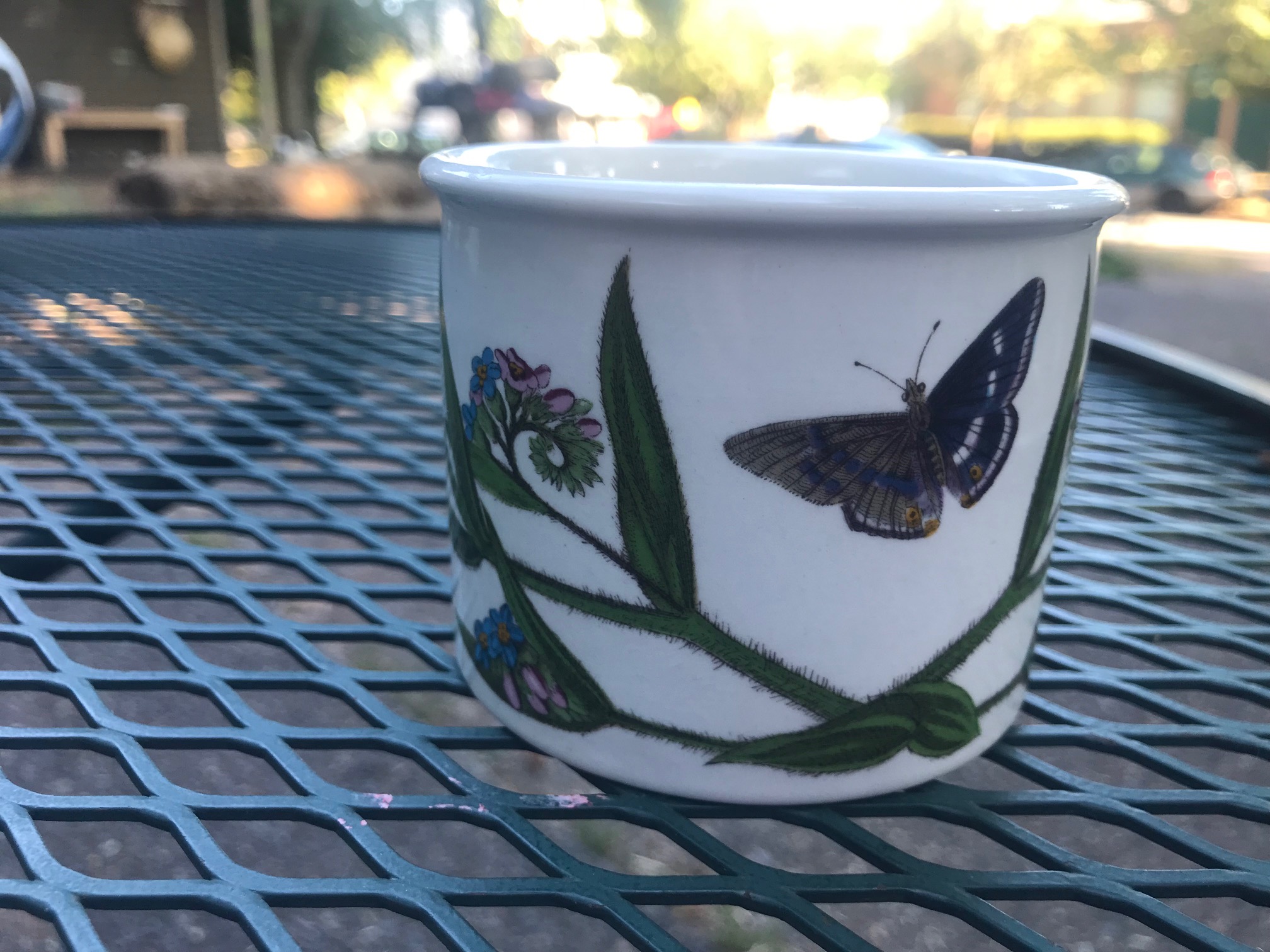
Never Miss an Important Article Again!
Join our Email List


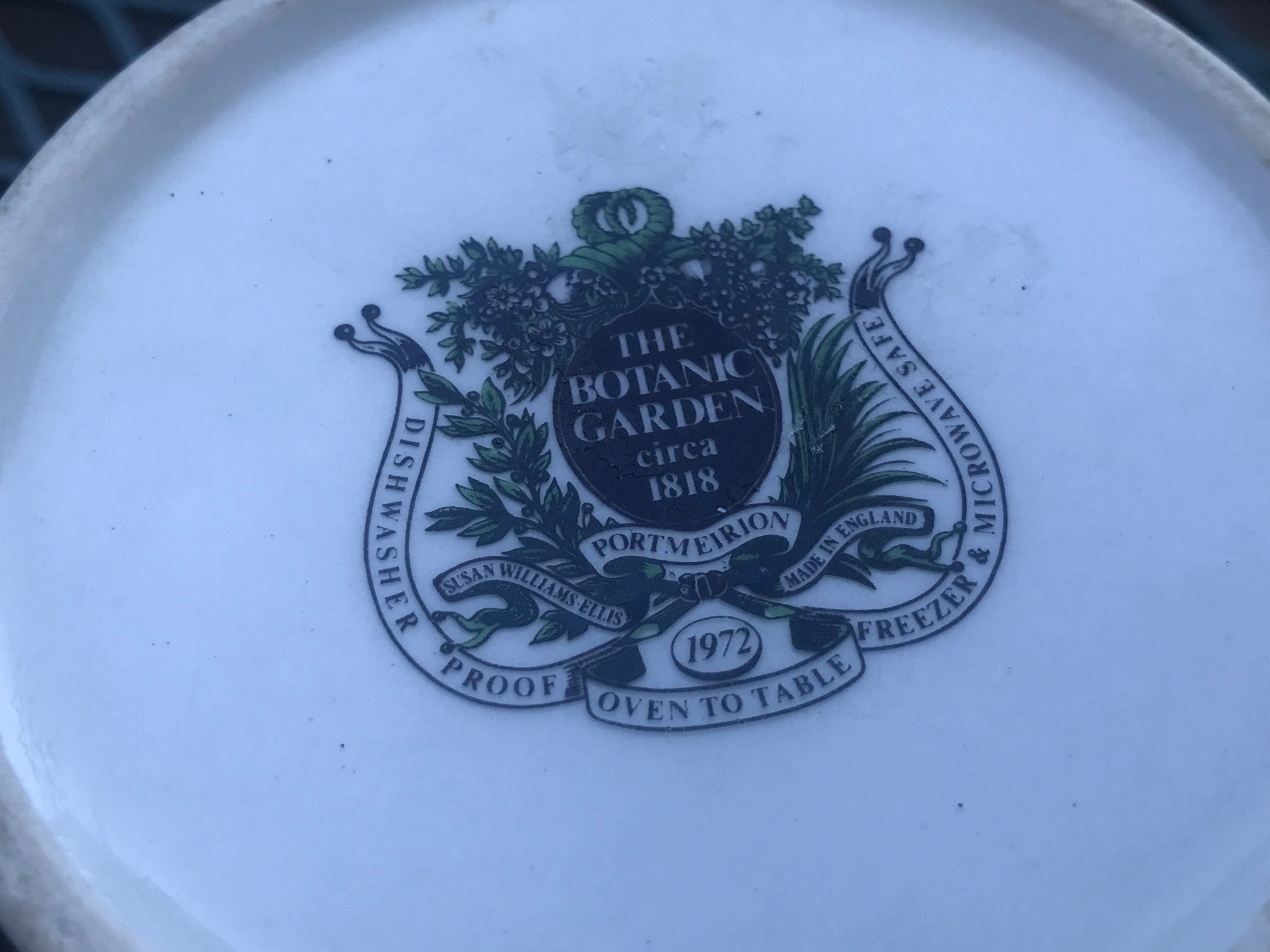
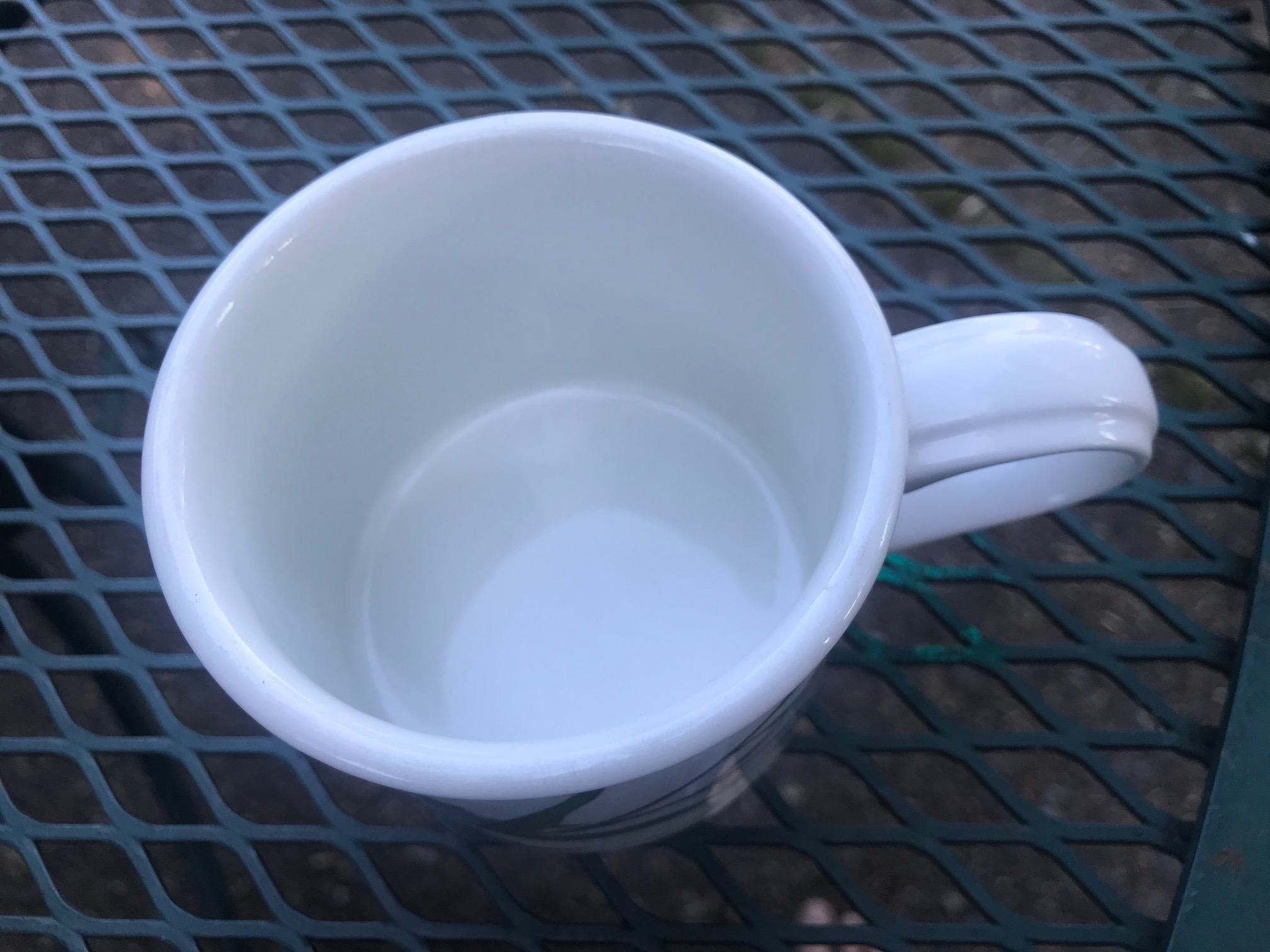 Interior plain white surface of the mug (image above):
Interior plain white surface of the mug (image above): Plain white surface of the handle (image above):
Plain white surface of the handle (image above):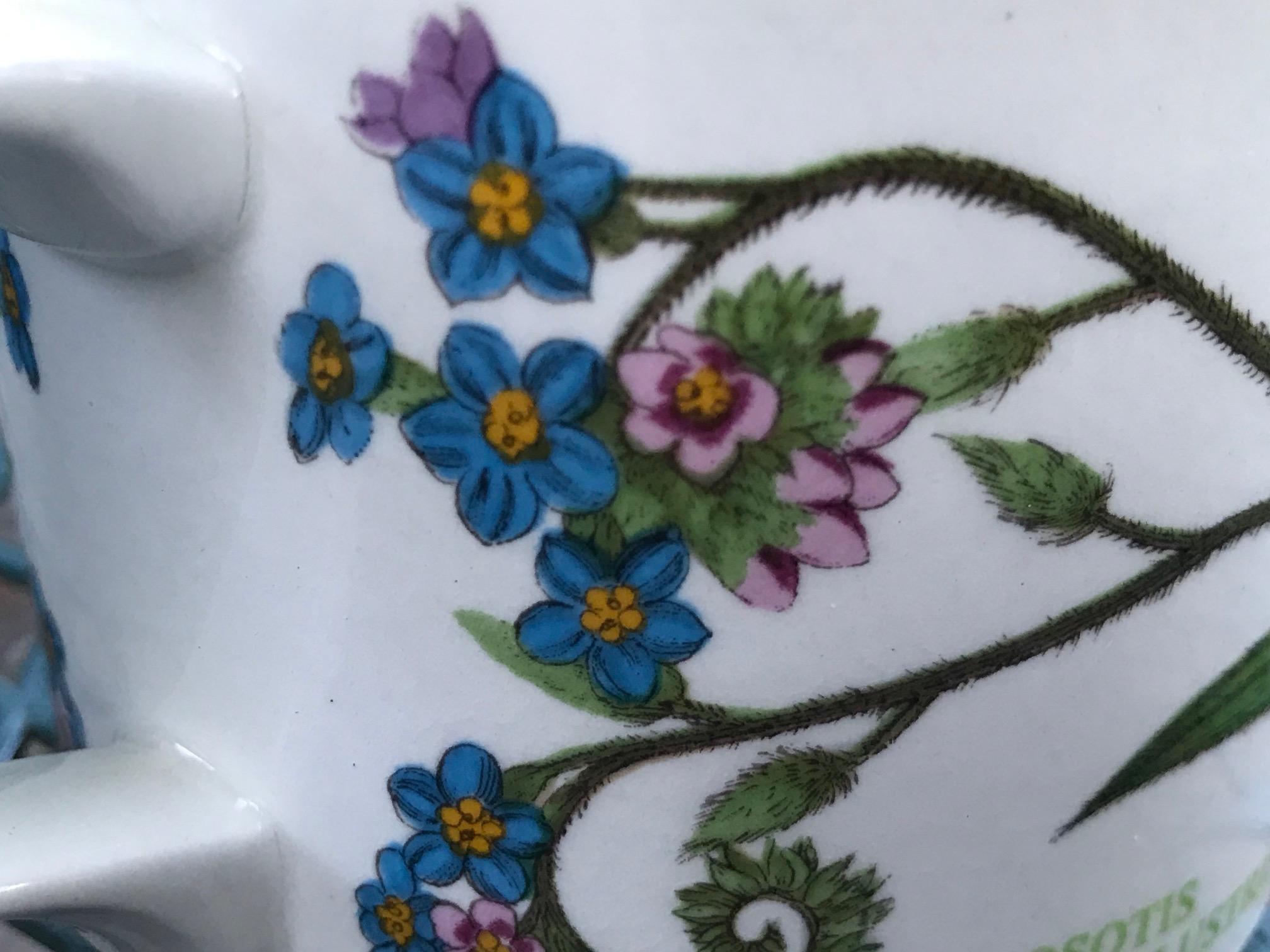 Decorative floral pattern on exterior (image above):
Decorative floral pattern on exterior (image above):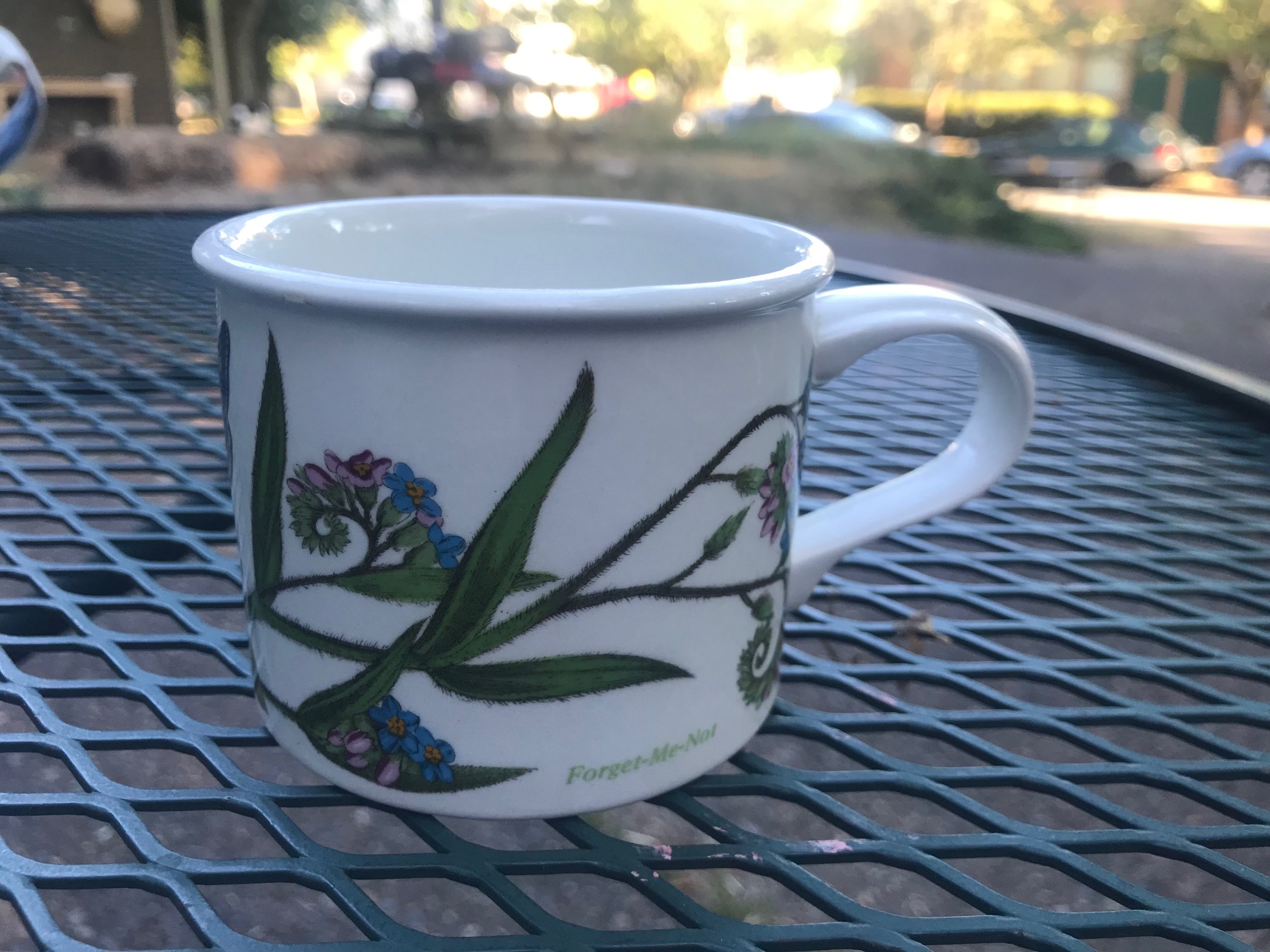

Have you tested new one?
Holy Cow!!! I had no idea. Damn. I love the Portmerion patterns, damn close to Audubon, just lovely.
Oh ffs.
Sigh.
Not as bad as the lead nipples on baby bottles back in the day, I shudder, but gee whiz.
Appreciate all your work.
Nancy Willis
Hi Nancy!
Thank you so much for commenting – and for your kind words.
Tamara
Oh no I just bought this exact mug at a thrift store today for $2 and I was so excited too. Is it safe to keep as decor or should I toss it??
Oh no… I was considering to buy exactly this model, and from the same era as yours. The logo has two tiny numbers “8” and “2” under the Portmeirion ribbon, which means that they were produced 1982–1999. I thought that this cup would be safe as it’s not too old and there’s no decoration inside. So, I was wrong. Thank you so much for your blog, you just saved me 40 euros (which, at least for me, is a lot for one cup).